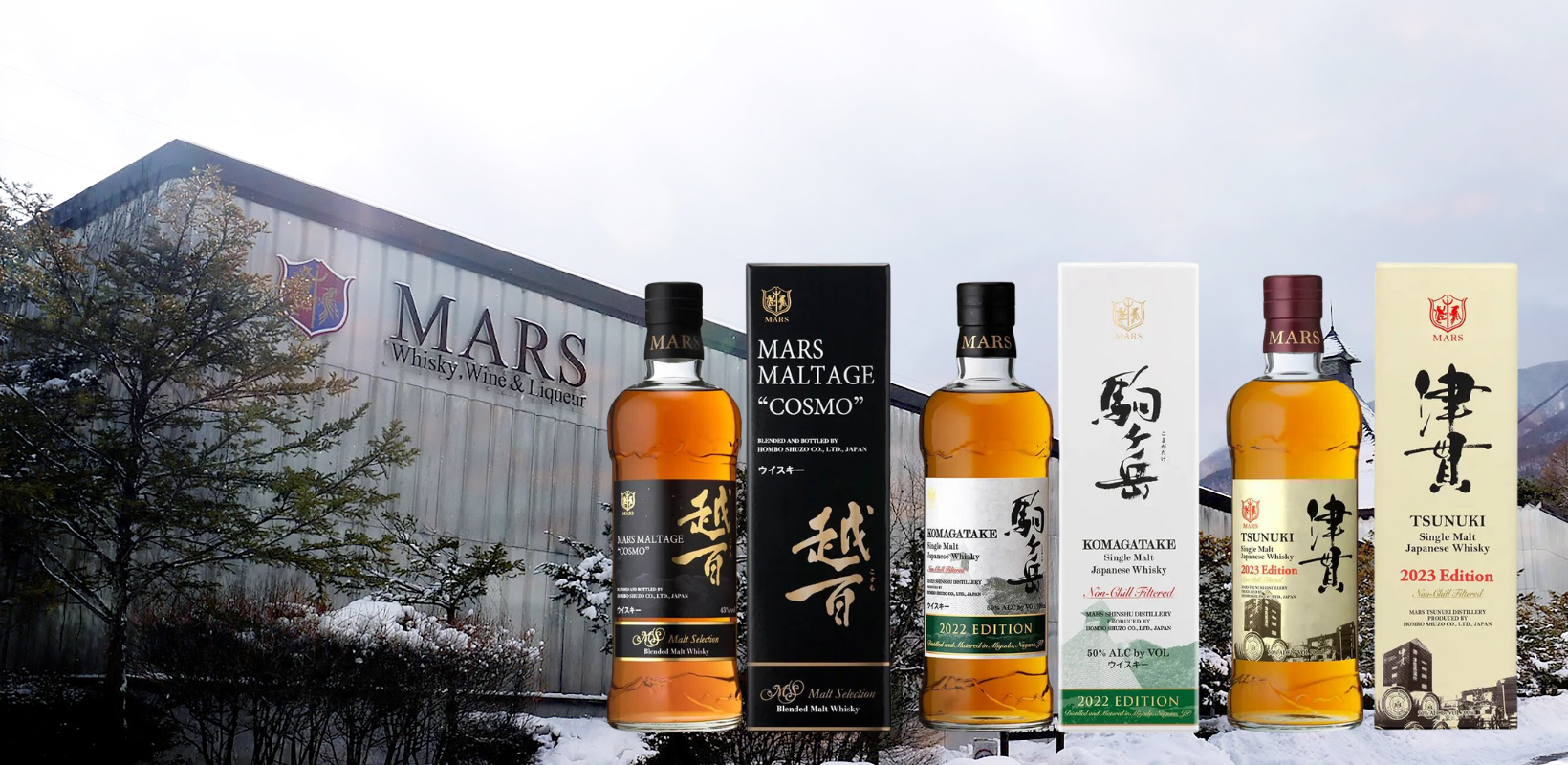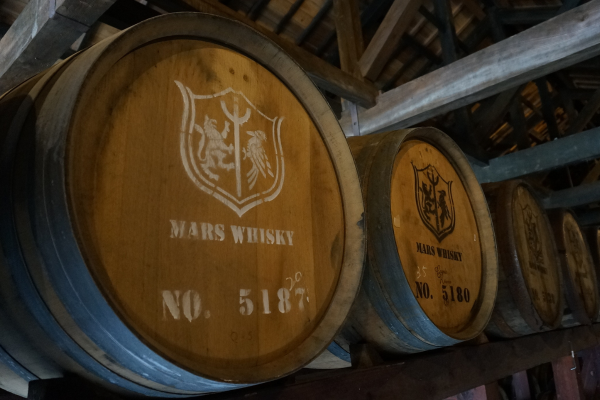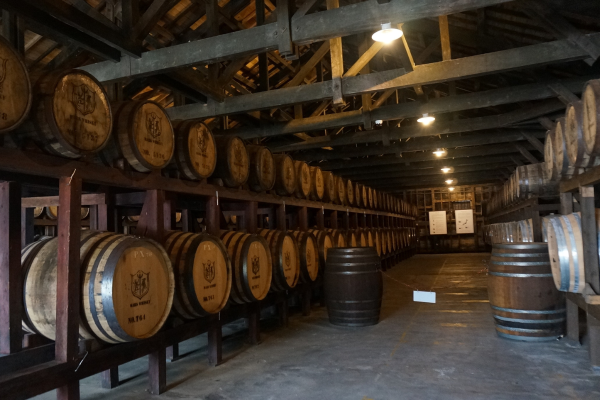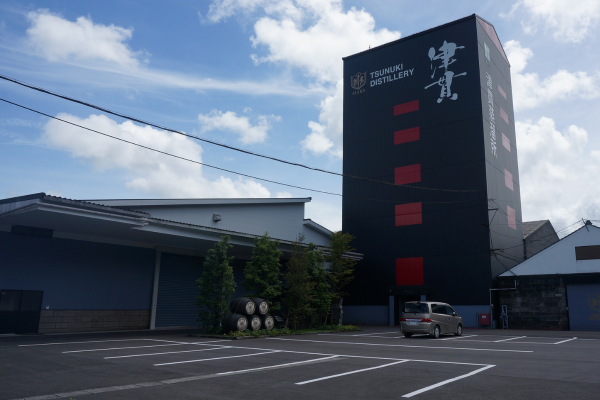1910s Kiichiro Iwai hired Masataka Taketsuru at Settsu Brewery (Settsu Shuzo). Iwai feels that producing authentic whisky is important and quality can be improved through learning from the Scots and therefore sends Taketsuru to Scotland on a study trip. Upon returning from his trip, Taketsuru wrote the famous “Taketsuru Notebook” and handed it to his mentor. However, during the post-war (WWI) unrest, Settsu does not have the funds to start supporting Taketsuru’s Whisky making dreams.
Kiichiro Iwai helped established Mars Distillery in 1960 and built copper pot stills based on Taketsuru’s notes from Scotland. The design continues to be used today.
Briefly closed in 1969 but reopened at the end of 1970 when the demand for whisky increased. During this time Yamanashi site has been converted to wine production and they have to shift to Kagoshima with two x 500-liter copper Pot-Still.
1985, they acquired Shinshu (Nagano) for the production of whisky and shifted the original still stored in Yamanashi. The Shinshu distillery is located at the foot of Mt Komagatake, this makes Shinshu the highest-altitude distillery in Japan after the demise of the Karuizawa distillery.
1989 – Tax reform resulted in Japanese whisky prices surpassing that of Scotland causing Shinshu to go into dormancy and eventually closed in 1992.
The highball boom in 2008 in Japan saw the revival of Mars. Whiskies that were distilled pre-1992 were slowly depleted and in 2010, Shinshu re-started distillation.
Hombo Shuzo was named “Craft Producer of the year” on March 30th at Whisky Magazine’s 2017 Icons of Whisky Awards in London.
Today, Mars whiskies are highly sought-after by Izakaya and Mixologist Bars around the world. With its recent acquisition of the Tsunuki aging facility in the South and its pursuit of quality small-production labels, whisky connoisseurs have been keeping Mars on their radar for the last few years.




